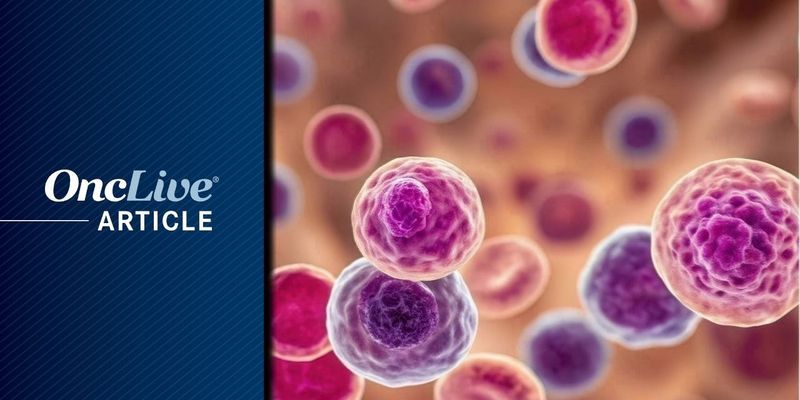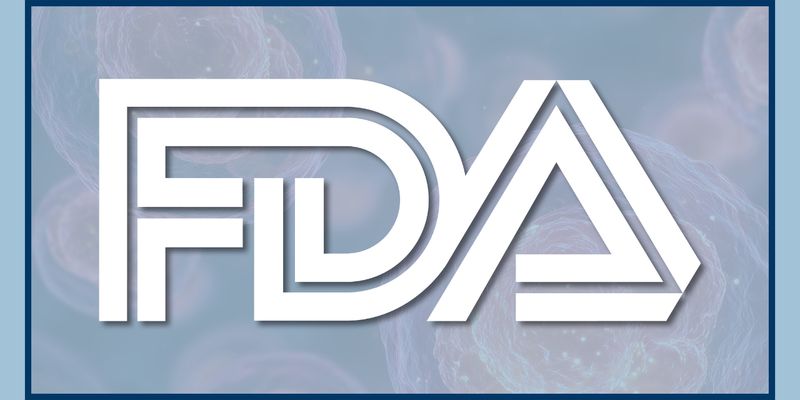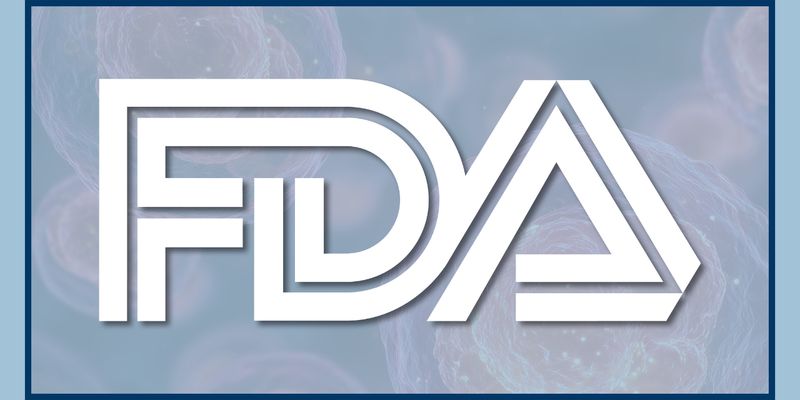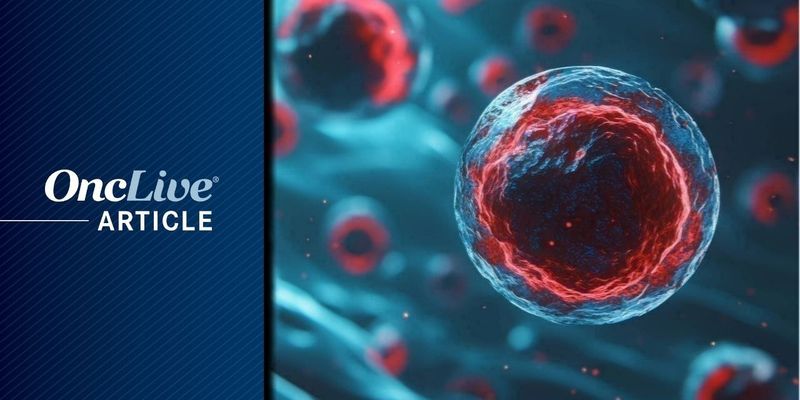广泛期小细胞肺癌一线治疗的挑战与新探索
广泛期小细胞肺癌(ES-SCLC)是一种侵袭性强、预后较差的恶性肿瘤。尽管初始对化疗敏感,但多数患者很快会复发,且治疗选择有限。因此,探索更有效、能改善患者生存预后的一线治疗方案至关重要。
GOIRC-01-2019 CeLEBrATE研究是一项单臂II期临床试验(NCT04730999),旨在评估将免疫检查点抑制剂阿替利珠单抗(泰圣奇,Atezolizumab)与血管生成抑制剂贝伐珠单抗(阿瓦斯汀,Bevacizumab)联合标准化疗方案(卡铂+依托泊苷)作为ES-SCLC一线治疗的疗效和安全性。这项研究的结果已发表在Journal for ImmunoTherapy of Cancer杂志上。
关键疗效数据:1年总生存率达61.8%
根据主要终点分析,在中位随访时间23.4个月后,研究达到了预设的主要终点:接受治疗的患者1年总生存率(OS)为61.8%(90% CI, 50.7%-72.8%;P = .04)。中位总生存期为12.9个月(95% CI, 11.6-17.5)。
在可评估疗效的48例患者中,客观缓解率(ORR)高达83.3%(95% CI, 69.8%-92.5%),其中40例患者达到部分缓解。中位缓解持续时间为4.2个月(95% CI, 4.0-5.8)。中位无进展生存期(PFS)为6.2个月(95% CI, 5.4-6.6)。这些数据表明,该联合方案在一线治疗ES-SCLC中显示出良好的抗肿瘤活性。
治疗方案详情与患者特征
研究纳入了53例ES-SCLC患者。治疗方案包括诱导阶段和维持阶段。
- 诱导治疗:每21天为一个周期,共4至6个周期。方案为卡铂(AUC 5)、依托泊苷(100 mg/m²,第1-3天)、贝伐珠单抗(7.5 mg/kg,第1天)和阿替利珠单抗(1200 mg,第1天)。
- 维持治疗:最多18个周期。方案为贝伐珠单抗(7.5 mg/kg,第1天)和阿替利珠单抗(1200 mg,第1天),每21天一个周期。
患者中位年龄65岁,54.7%为男性,49.1%为既往吸烟者。58.5%的患者ECOG PS评分为0。患者中位完成4个诱导周期,86.8%的患者开始了维持治疗。
安全性分析与毒性管理
该联合方案的安全性数据也得到了评估。64.2%的患者发生了3/4级不良事件(AEs),其中56.6%为3/4级血液学不良事件。最常见的3/4级血液学AEs包括中性粒细胞减少(52.8%)、贫血(7.6%)、白细胞减少、血小板减少和发热性中性粒细胞减少(均为5.7%)。
45.3%的患者在诱导阶段因毒性事件进行了剂量调整,73.6%的患者在诱导阶段、69.6%的患者在维持阶段发生了剂量延迟。没有患者因毒性而停止治疗。58.5%的患者发生了严重不良事件,其中35.8%与治疗相关。共发生4例5级不良事件,包括2例发热性中性粒细胞减少期间的感染性休克以及全血细胞减少和胰腺炎各1例。
研究结论与未来展望
研究者指出,阿替利珠单抗、贝伐珠单抗联合卡铂和依托泊苷方案作为ES-SCLC的一线治疗是可行且有效的。尽管需要通过适当的患者选择和预防性使用G-CSF等方式仔细管理毒性,但CeLEBrATE研究的数据表明,联合抑制血管生成和免疫检查点在ES-SCLC这一极具挑战性的疾病中可能有效。
这项研究为广泛期小细胞肺癌患者提供了一种新的潜在治疗选择。对于需要获取这类创新抗癌药或了解更多靶向药信息的患者,可以通过MedFind海外靶向药代购服务获取帮助。同时,获取专业的AI问诊服务和全面的药物信息、诊疗指南等抗癌资讯,对于患者制定治疗决策和管理疾病至关重要。
了解更多关于小细胞肺癌的治疗进展、泰圣奇、阿瓦斯汀等抗癌药的详细信息,以及如何进行海外购药或代购,请持续关注我们的平台。
According to the primary objective analysis, 77.4% of patients had died after a median follow-up time of 23.4 months, including 36 due to disease progression, 4 due to toxicity, and 1 due to massive blood loss.
The combination of atezolizumab (Tecentriq), bevacizumab (Avastin), carboplatin, and etoposide elicited frontline efficacy in patients with extensive-stage small cell lung cancer (ES-SCLC), meeting the primary end point of 1-year overall survival (OS) in the single-arm phase 2 GOIRC-01-2019 CeLEBrATE study (NCT04730999), the findings of which were published in the Journal for ImmunoTherapy of Cancer.1
According to the primary objective analysis, 77.4% (n = 41/53) of patients had died after a median follow-up time of 23.4 months (95% CI, 21.1-26.0), including 36 due to disease progression, 4 due to toxicity, and 1 due to massive blood loss. Additionally, the 1-year OS rate in those who received study treatment was 61.8% (90% CI, 50.7%-72.8%; P = .04), with a median OS of 12.9 months (95% CI, 11.6-17.5).
Additional efficacy data showed that among response-evaluable patients (n = 48), the objective response rate (ORR) was 83.3% (95% CI, 69.8%-92.5%), with 40 patients attaining a partial response, 4 attaining stable disease, and 4 experiencing progressive disease as the best response. The median duration of response was 4.2 months (95% CI, 4.0-5.8). Additionally, a median progression-free survival (PFS) of 6.2 months (95% CI, 5.4-6.6) was observed after 43 patients experienced progressive disease, and 7 had died without radiological evidence of disease progression.
“The combination of bevacizumab, atezolizumab, carboplatin, and etoposide is feasible and active in the first-line treatment of patients with ES-SCLC,” lead investigator Giuseppe Lamberti, MD, PhD, assistant professor of the Department of Experimental, Diagnostic and Specialty Medicine Dimes at the University of Bologna, wrote in the publication with study coinvestigators. “Though toxicity must be carefully managed through adequate patient selection and proper use of G-CSF prophylaxis, data from the [phase 2] CeLEBraTE study suggest that the combined inhibition of angiogenesis and immune checkpoints may be effective in a challenging disease setting such as ES-SCLC.”
Those enrolled in the phase 2 study received an induction phase of treatment consisting of carboplatin at an area under the curve of 5 ml/min on day 1, 100 mg/m2 of etoposide on days 1 to 3, 7.5 mg/kg of bevacizumab on day 1, and 1200 mg of atezolizumab on day 1 of 21-day cycles for 4 to 6 cycles. Additionally, patients received 7.5 mg/kg of bevacizumab and 1200 mg of atezolizumab on day 1 of 21-day cycles for a maximum of 18 cycles as maintenance therapy.
Among patients treated with the investigational regimen (n = 53), 54.7% were male, the median age was 65 years (range, 46-79), and 49.1% were former smokers. A total of 58.5% of patients had an ECOG performance score of 0; 18.9%, 24.5%, and 22.6% had brain, liver, and bone metastases, respectively; and the median sum of the diameter of target lesions was 118 mm (range, 17-240). The median number of induction cycles completed was 4 (range, 1-6), with 58.5% completing 4 cycles, and an additional 28.3% completing more than 4.
Among this patient group, 86.8% started maintenance therapy, with a median of 5.5 cycles (range, 1-37) completed for those who were treated. The median number of total treatment cycles completed was 9 (range, 1-41). A total of 32.1% of patients received treatment beyond progressive disease for a median of 2 cycles (range, 1-10).
The primary end point was 1-year OS rate. Secondary end points included ORR, PFS, and safety.
Among patients who were treated (n = 53), 49 discontinued study treatment: 38 due to progressive disease, 5 due to death without radiological progression, 2 due to patient refusal, and 4 due to other reasons. Grade 3 to 4 adverse effects (AEs) occurred in 64.2% of patients, including 56.6% of patients who experienced grade 3 or 4 hematologic AEs. The most common grade 3 or 4 hematological AEs included neutropenia (52.8%), anemia (7.6%), leukopenia, thrombocytopenia, and febrile neutropenia (5.7% each).
Dose reductions related to toxicity-associated events occurred in 45.3% of patients during the induction phase, and dose delays occurred in 73.6% of patients in the induction phase and 69.6% in the maintenance phase. No treatment discontinuations occurred due to toxicity. Serious AEs occurred in 58.5% of patients, of which 35.8% were related to treatment. A total of 4 grade 5 AEs occurred, including 2 septic shocks during febrile neutropenia and single instances of pancytopenia and pancreatitis.
Reference
Lamberti G, Rihawi K, Mazzoni F, et al. Carboplatin, etoposide, atezolizumab, and bevacizumab in the first-line treatment of patients with extensive stage small-cell lung cancer: the GOIRC-01-2019 CeLEBrATE study. J Immunother Cancer. 2025;13:e010694. doi:10.1136/jitc-2024-010694





